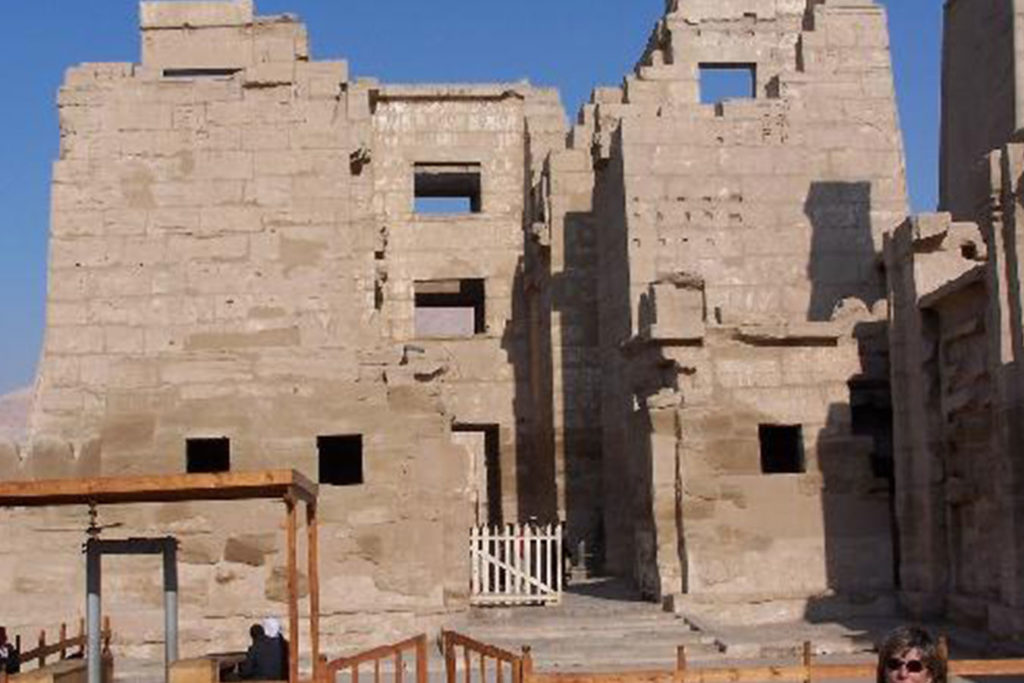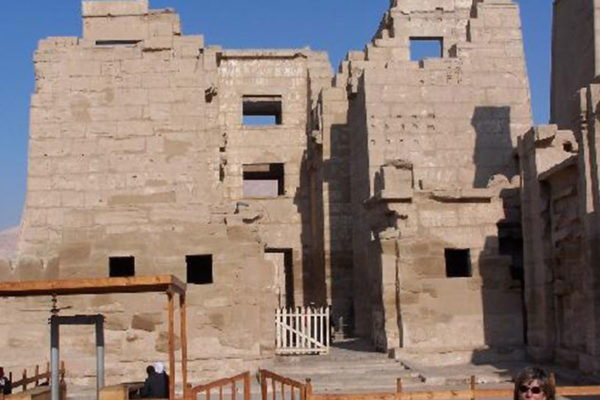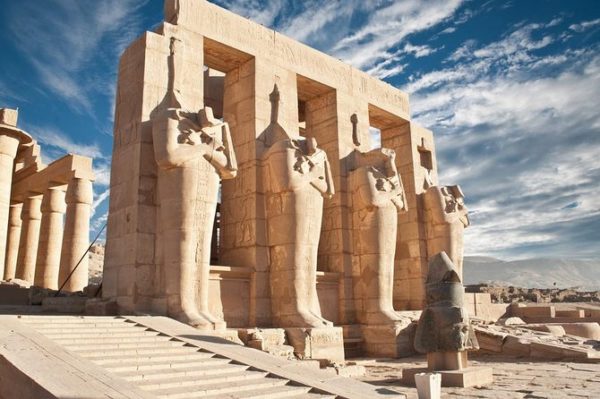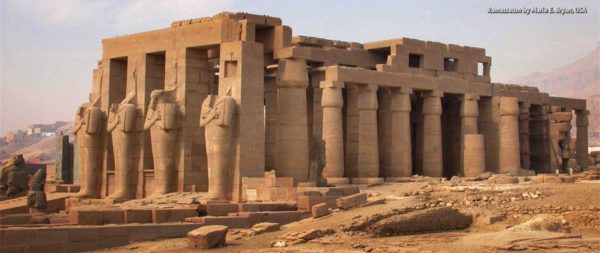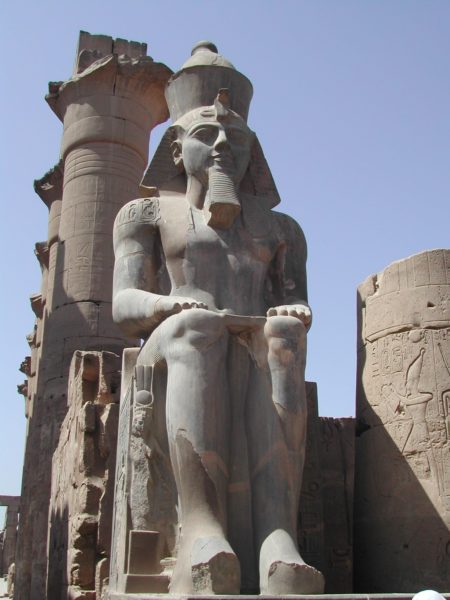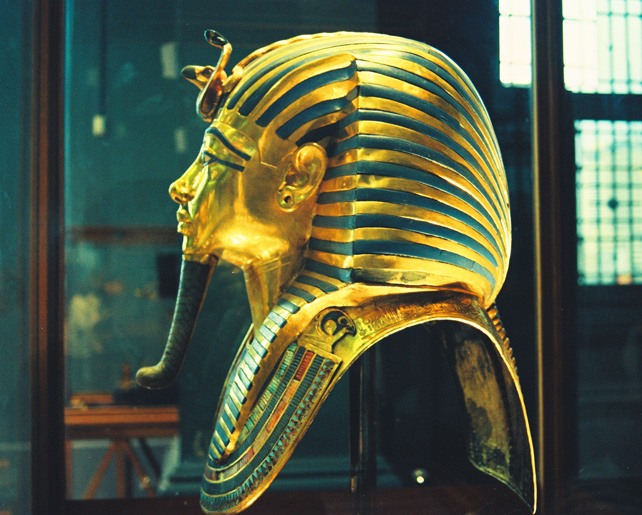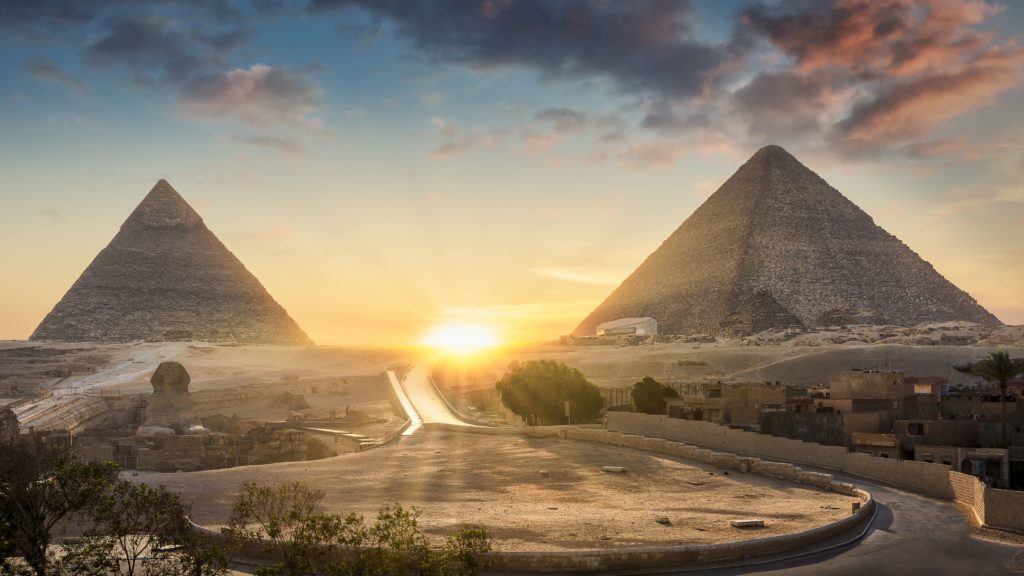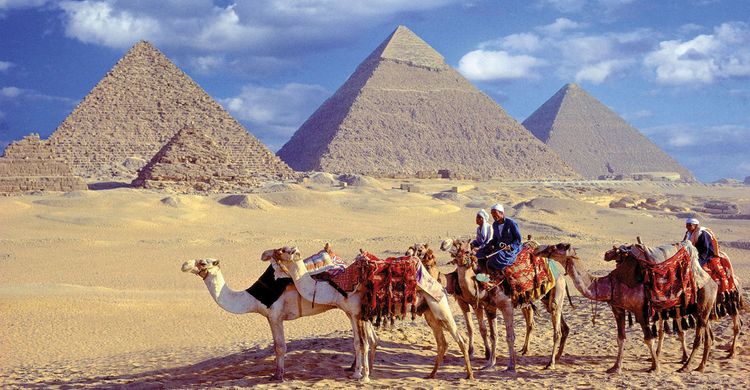- Itinerary
- Gallery
- Trip Includes
- Trip Excludes
Top Egypt Tour representative will pick you up you from your hotel in Luxor to start your tour to The Medenit Habu, on the Nile weast of Luxor, is one of the more recent Egyptian The Mortuary Temple of Ramesses III at Medinet Habu is an important New Kingdom period structure in the West Bank of Luxor in Egypt. Aside from its size and architectural and artistic importance, the temple is probably best known as the source of inscribed reliefs depicting the advent and defeat of the Sea Peoples during the reign of Ramesses III, Proceed to the Ramesseum Temple funerary temple of Ramses II (1279–13 bc), erected on the west bank of the Nile River at Thebes in Upper Egypt. The temple, famous for its 57-foot (17-metre) seated statue of Ramses II (of which only fragments are left), was dedicated to the god Amon and the deceased king. The walls of the Ramesseum, which is only about half preserved, are decorated with reliefs, including scenes depicting theBattle of Kadesh, the Syrian wars, and the Festival of Min. This temple is identified with the “Tomb of Osymandias” (a corruption of Ramses II’s prenomen) described by the Greek historian Diodorus Siculusin the 1st century bc, and the shattered colossus of Ramses was the subject of Percy Bysshe Shelley’spoem “Ozymandias.”
Itinerary
Visit
Egyptologist
Our representative will pick you up from your hotel/cruise in Luxor by air-conditioned modern vehicle to visit with your Egyptologist tour guide: Medinet Habu is the Arabic name for the Mortuary Temple of Ramses III, a huge complex second only to Karnak in size and better preserved. Medinet Habu is among the least visited of the major sights at Luxor, but it deserves more attention than it gets. The Mortuary Temple of Ramses III itself is made of sandstone and provides a good idea of what the Ramesseum, its model, looked like before it collapsed. The First Pylon is about the same size as that of Luxor Temple, but has lost its cornice and one corner. The reliefs on the pylon show Ramses defeating the Nubians (left side) and Syrians (right side), though in reality he fought neither. And then Move to visit Ramesseum Temple The ancient Egyptians called the temple the “million year's temple” due to its huge surface area, an incredible fifty thousand meters, and perhaps due to the gigantic size of the statues of Ramses II that were built there. The huge complex, dedicated to the god Amun, took 20 years and tens of thousands of workers to build. This temple was constructed to serve two purposes. The temple was publicly constructed to enable the ancient Egyptians to practice their religious rituals, including prayer and ritual offerings to the gods. It was also, and perhaps more so, built to demonstrate the greatness of the Pharaoh, and his political and military achievements. The Ramesseum Temple was made up by two huge walls. A huge inner wall surrounded the temple itself while an outer wall surrounded the storage rooms and smaller buildings of the temple. A wide corridor connected these two walls, decorated with of sphinxes, in a manner similar to that built between the Luxor Temple and the Karnak Temple in the East bank of Luxor. Then you will be transferred back to your hotel /cruise in Luxor.| Number of Travelers |
1 |
2-3 |
4-6 |
7-8 |
| Price/person |
107 |
95 |
80 |
55 |
Schedule: Everyday
Duration: Approx. 8 hours
- Pick up service from your hotel in Luxor and return
- English Egyptologist guide
- Entrance fees to the mentioned historical places
- All transfers by a modern air-conditioned vehicle
- Lunch from the hotel in Luxor
- A bottle of water during your trip
- All service charges and taxes
- Any extras not mentioned in the itinerary
- Tipping Kitty

